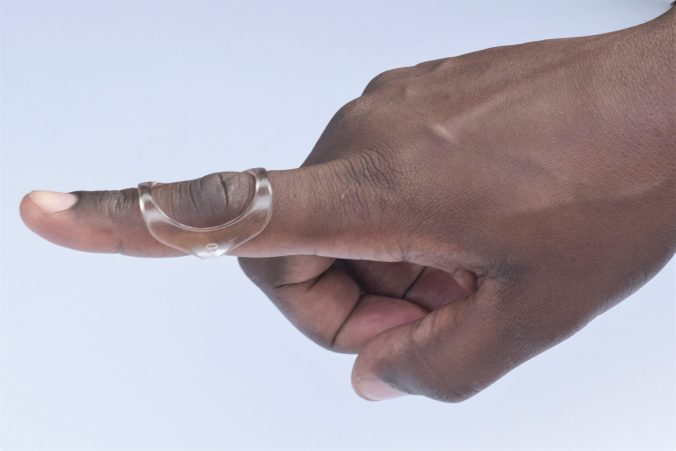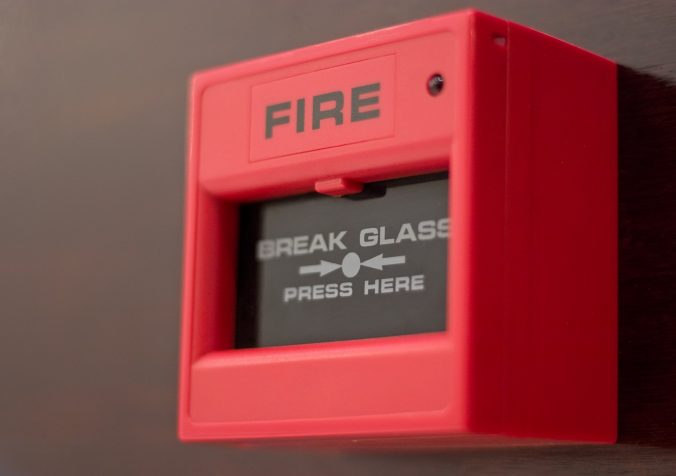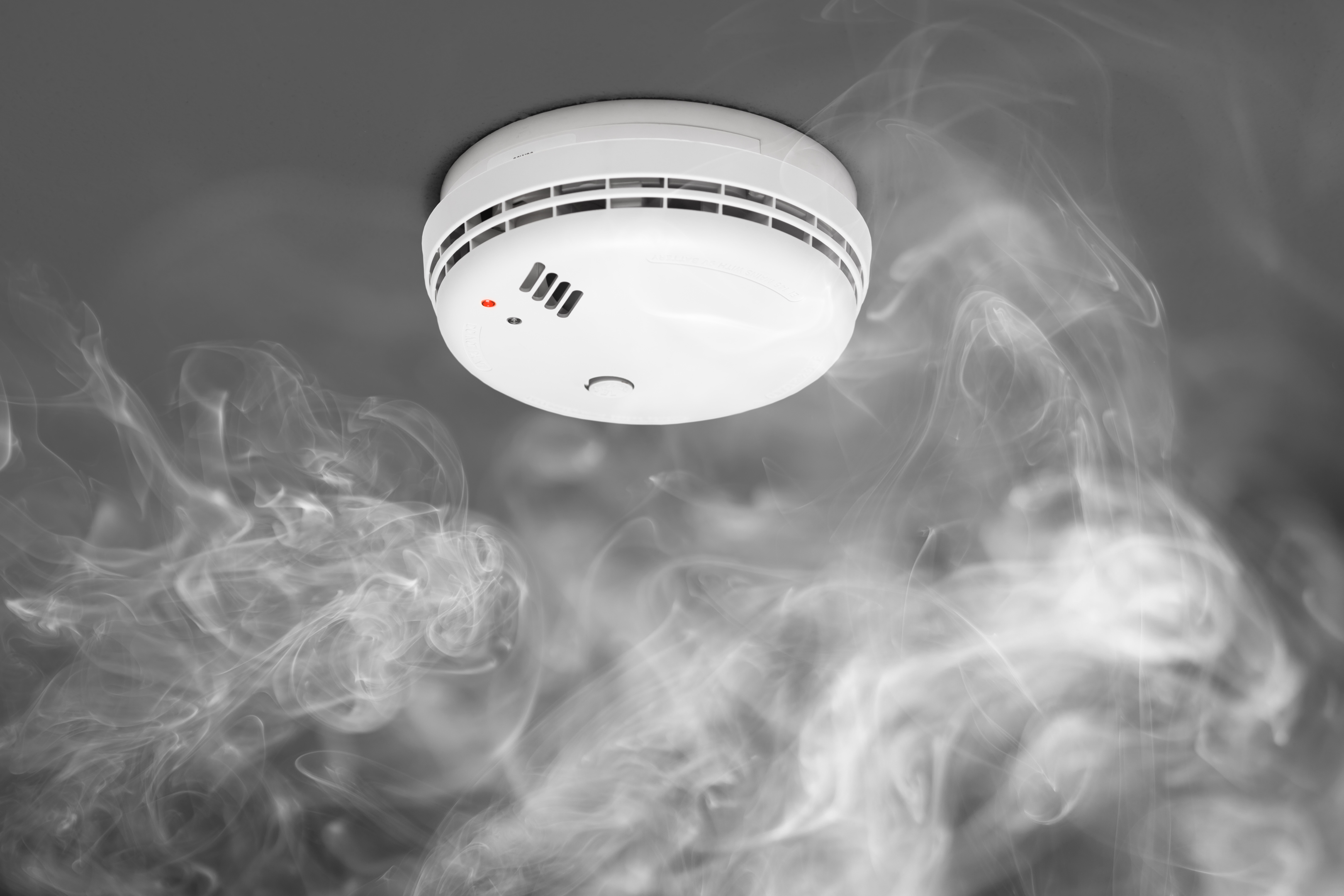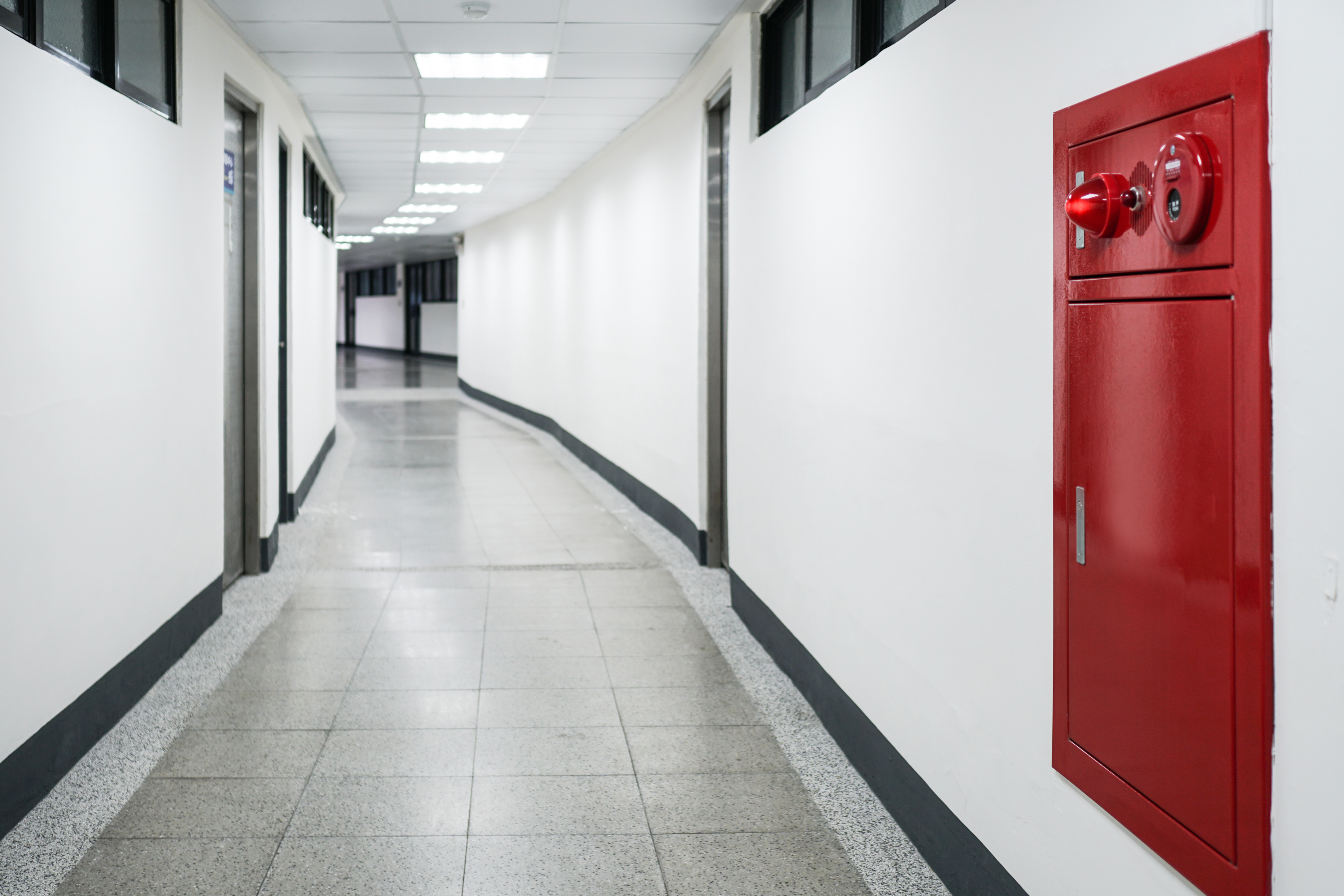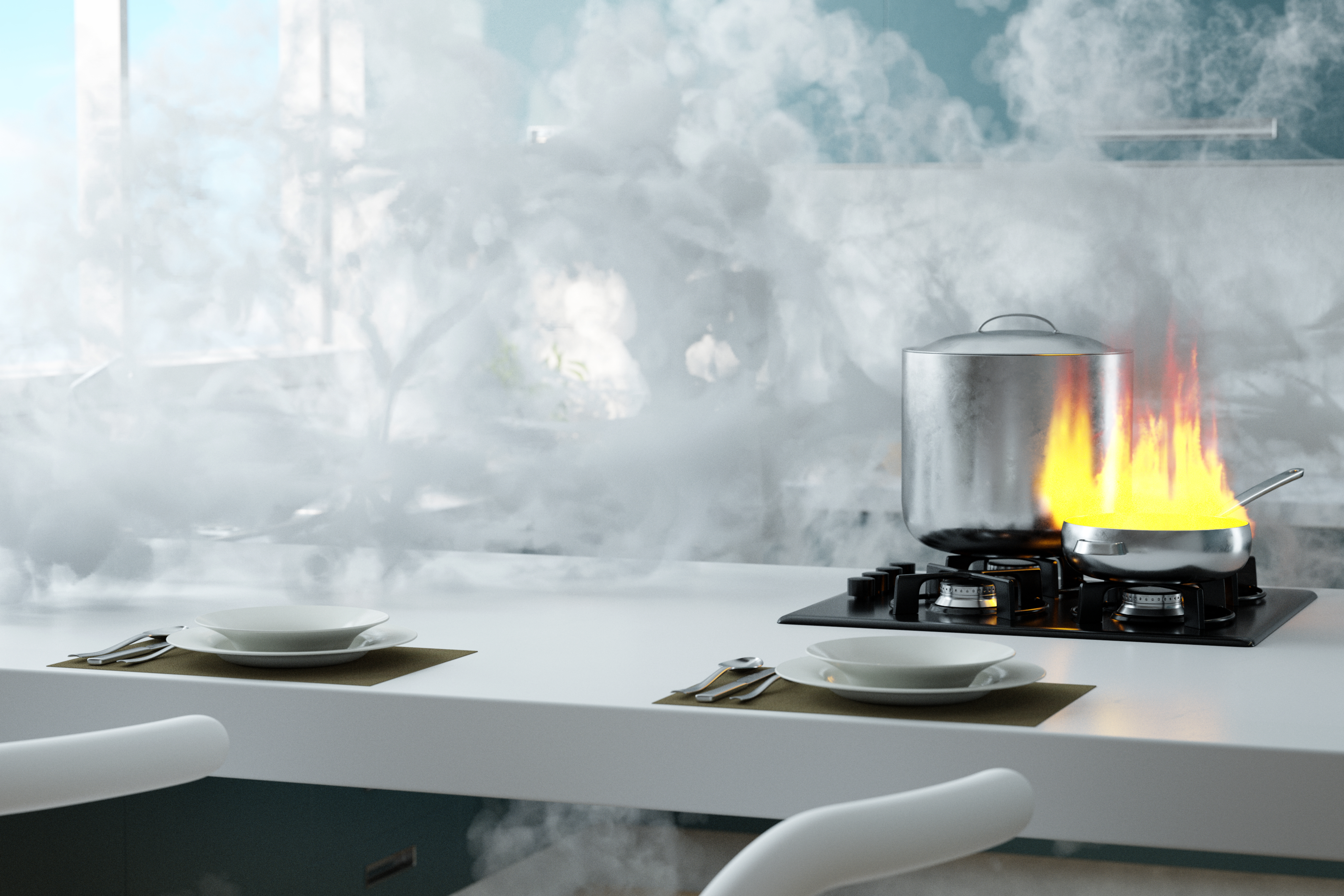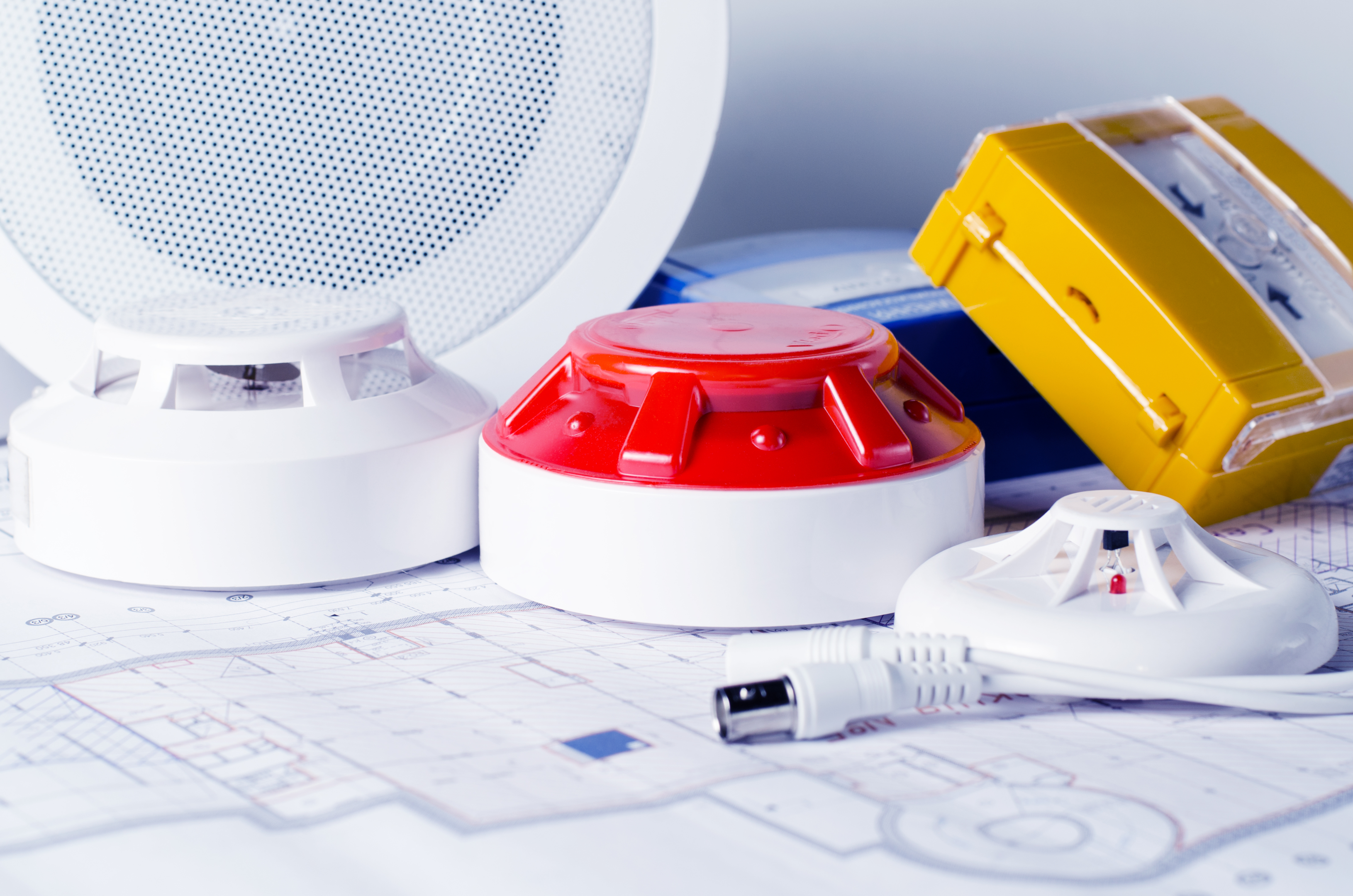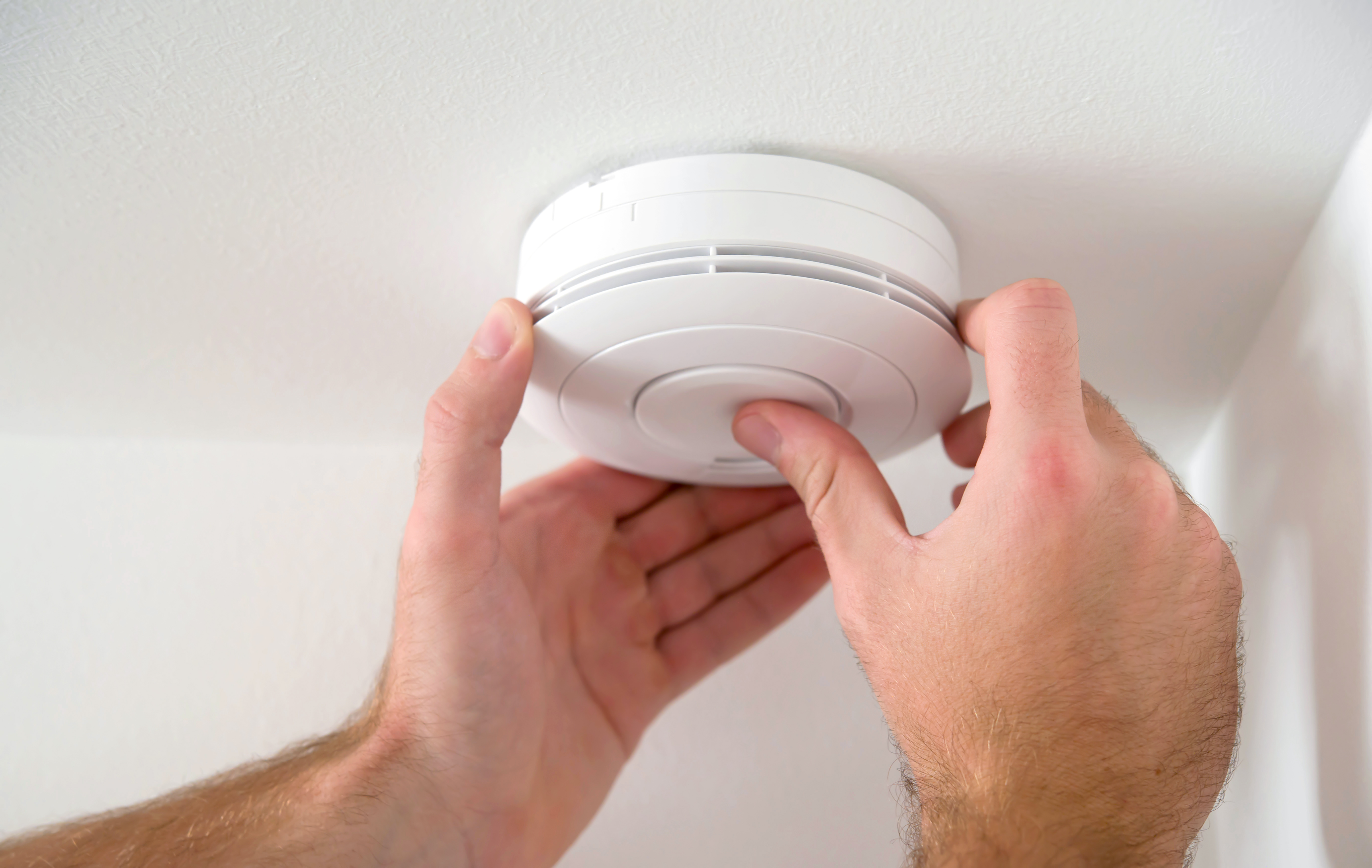The hand is an intricate and incredible feat of engineering. Each hand is made up of 27 bones, 29 joints, 112 ligaments, and tendons, and is capable of a wide range of movements.
The hand is an essential tool for everyday tasks. From writing and cooking to cleaning and opening doors, we rely on our hands for a wide range of activities.
These activities can be divided into two categories:
- Fine motor skills involve smaller movements, such as writing or picking up small objects.
- Gross motor skills involve larger movements, such as reaching or moving your whole arm.
However, many of us take hand function for granted and don’t think about all the different ways our hands help us every day.
As a matter of fact, there are three main types of hand function:
- Gripping refers to the ability to hold an object in your hand, for example, when you pick up a book or brush your teeth.
- Holding refers to the ability to keep an object in your hand without dropping it, like, when you carry a bag of groceries or write with a pen.
- Manipulation refers to the ability to move an object around in your hand, such as, when you turn a doorknob or button your shirt.
The hand’s ability to perform these functions is made possible by the delicate balance of muscles, ligaments, and tendons. When any of these elements are out of alignment, it can cause pain, such as carpal tunnel syndrome, tendinitis, and nerve injuries.
Age is another factor that causes decreased hand function, such as arthritis, poor circulation, and nerve damage.
Therefore, if you have ever injured your hand, you know just how important hand function is. Even a simple injury that makes it difficult to grip can make everyday tasks much more difficult. That’s why it’s so important to take care of your hands.
There are many ways to help maintain hand function and prevent decline. These include exercise, using assistive devices, and receiving occupational therapy. By taking steps to preserve hand function, we can improve our quality of life and maintain our independence.
Finger support as a method to preserve hand function
Finger supports are devices that can be worn on the finger to help with the function of the hand.
There are many different types of finger supports, each designed for a specific purpose. Some of them help to stabilize the finger joints, while others help to keep the fingers from bending too far back.
Additionally, they can be used to help with conditions such as arthritis, carpal tunnel syndrome, and tendinitis.
Finger supports are typically made from materials such as plastic, metal, or foam, and they can be purchased at most pharmacies and medical supply stores.
Which types of finger support exist?
There is a variety of finger supports available on the market today.
Some of them are designed to be worn all the time, while others are intended for use only during activities that could put stress on the joints.
The most common type of finger support is a splint, which is a device that is placed around the finger to immobilize it. This can be helpful if you have a finger that is healing from an injury or surgery. It can also help to reduce pain and swelling. A splint can be made from a variety of materials, including metal, plastic, or fabric.
Another type of finger support is a wrap, which is a strip of material that is wrapped around the finger to provide support and stability. Wraps are typically made from elastic or velcro.
And finally, gloves are usually made of stretchy material, such as lycra or spandex, and fit snugly on the hand. They provide support and stability for the fingers and help to reduce pain and fatigue.
Finger splints important for hand function
They are an effective finger support treatment for a variety of finger injuries, including fractures, dislocations, and tendonitis.
Made from a variety of materials, they come in a variety of sizes, shapes, and levels of support. When choosing a finger splint, it is important to consider the type of injury you are treating, as well as your comfort and needs.
Some finger splints are made from soft materials that can be easily adjusted, while others are made from harder materials that provide more support.
There are also finger splints that come with built-in padding or gel packs for additional comfort.
In general, finger splints should be removed during periods of activity and replaced if they become loose or uncomfortable. With proper care and use, finger splints can help you heal from your finger injury and get back to your normal routine.
Quality is important
When it comes to finger splints, quality is important. After all, you want a splint that is going to be comfortable to wear and that will do its job properly.
There are a few things to look for when assessing the quality of finger splints.
Firstly, make sure that the splint is made from breathable material. This will help to prevent skin irritation and ensure that your finger can still move somewhat while wearing the splint.
Secondly, check to see if the splint is adjustable. This will allow you to get a custom fit, which is important for both comfort and effectiveness.
Finally, make sure that the splint is easy to put on and take off. The last thing you want is to struggle with putting on your finger splint every time you need to wear it.
If you keep these things in mind, you can be sure to find a finger splint that is of high quality.
Finger splints products
Mallet finger
A mallet finger occurs when the end joint of your finger nearest to your fingernail bends, but it will not straighten on its own. You may push your finger into a straight position, but it won’t stay that way without support. By immobilizing and supporting the finger, your finger can recover faster, heal and reduce pain.
Trigger finger
When you bend your finger and try to straighten it, it suddenly locks or clicks, then springs back as you try to relax it. “Triggering” usually happens at night or when you’re doing things that need repeated gripping or pinching, such as writing with a pen. By immobilizing and supporting the finger, this finger support may help your finger recover, heal, and alleviate discomfort from edema.
Crooked finger
A bent finger is known as a crooked finger. It’s how your finger bends or appears, it bends away from the rest of your fingers and isn’t straight any longer. Instead of straightening the finger joint, the tendons and ligaments bend it away. A splint can help your finger recover, heal faster, and alleviate discomfort caused by swelling by immobilizing and supporting the finger.
Finger hypermobility (EDS)
EDS is a rare genetic disease of connective tissue that causes very flexible joints, extremely elastic skin, and fragile tissues. The hallmark symptoms of Hypermobile EDS are loose, movable joints that move beyond the normal range and cause chronic joint discomfort. This may help your finger recuperate, heal faster, and alleviate swelling by restricting and supporting it.
Finger arthritis
Finger arthritis is an illness characterized by joint discomfort, stiffness, and swelling. The pain might be intense in the morning and may be warm to the touch; you may have difficulty moving your joints. Wearing a splint can help your finger heal faster and reduce pain by immobilizing and supporting the finger.
Finger swan neck
Finger Swan Neck deformity is a condition in which the middle knuckle bends backward beyond the normal range and the fingertip bends down towards the palm. This kind of splint can help your finger recover, heal, and alleviate pain caused by swelling.
Finger Boutonniere
According to the term “finger boutonniere deformity,” the middle joint bends downward and will not straighten, whilst the fingertip bends back at the end joint. The middle finger joint’s tendons and ligaments usually straighten it instead. By immobilizing and supporting the finger, the splint can assist your finger recovery, healing faster, and relieving discomfort caused by swelling.
Conclusion
While finger supports can be very helpful for those with hand injuries or conditions, it is important to consult with a doctor or therapist before selecting finger support, as improper use can cause further hand damage.
